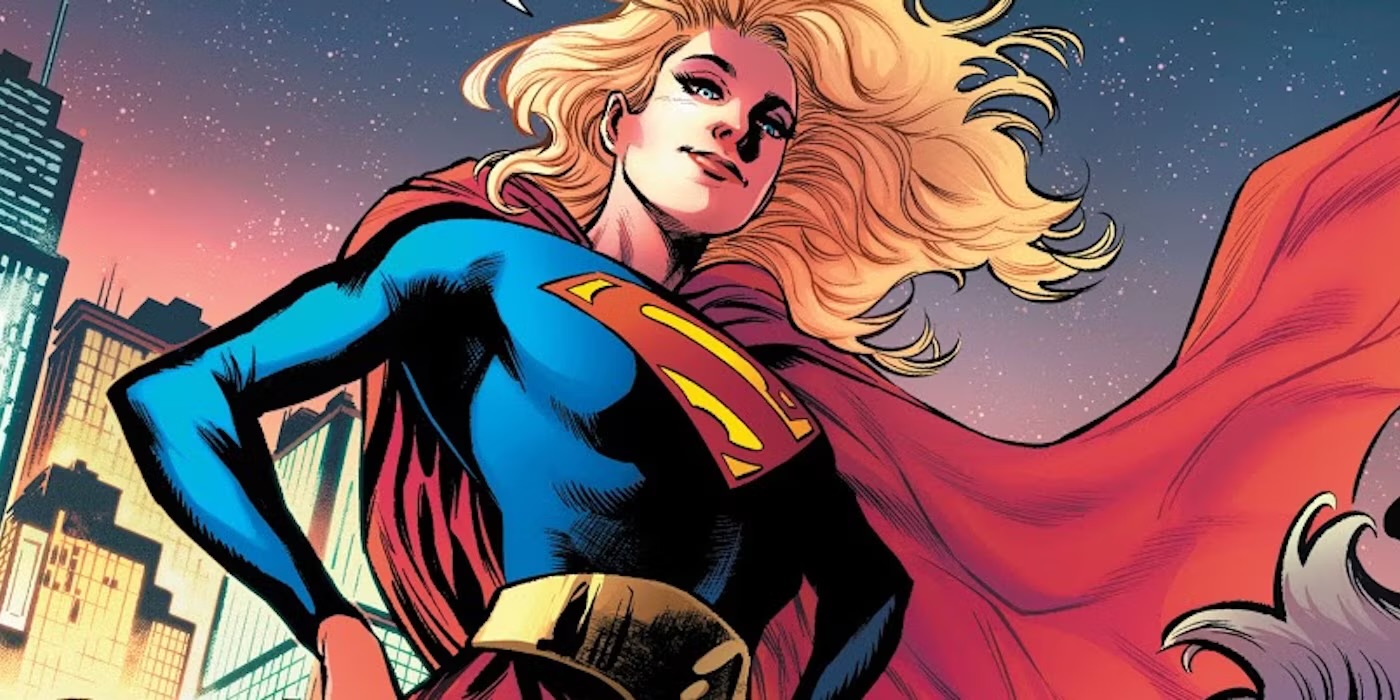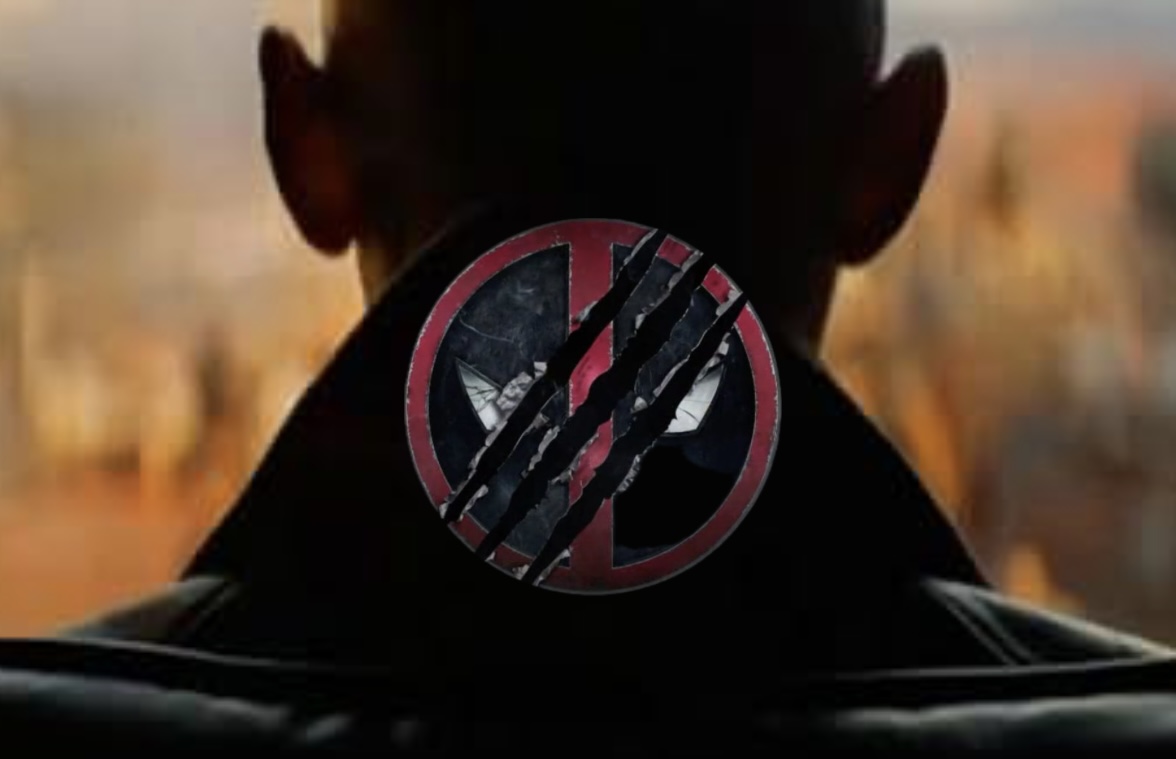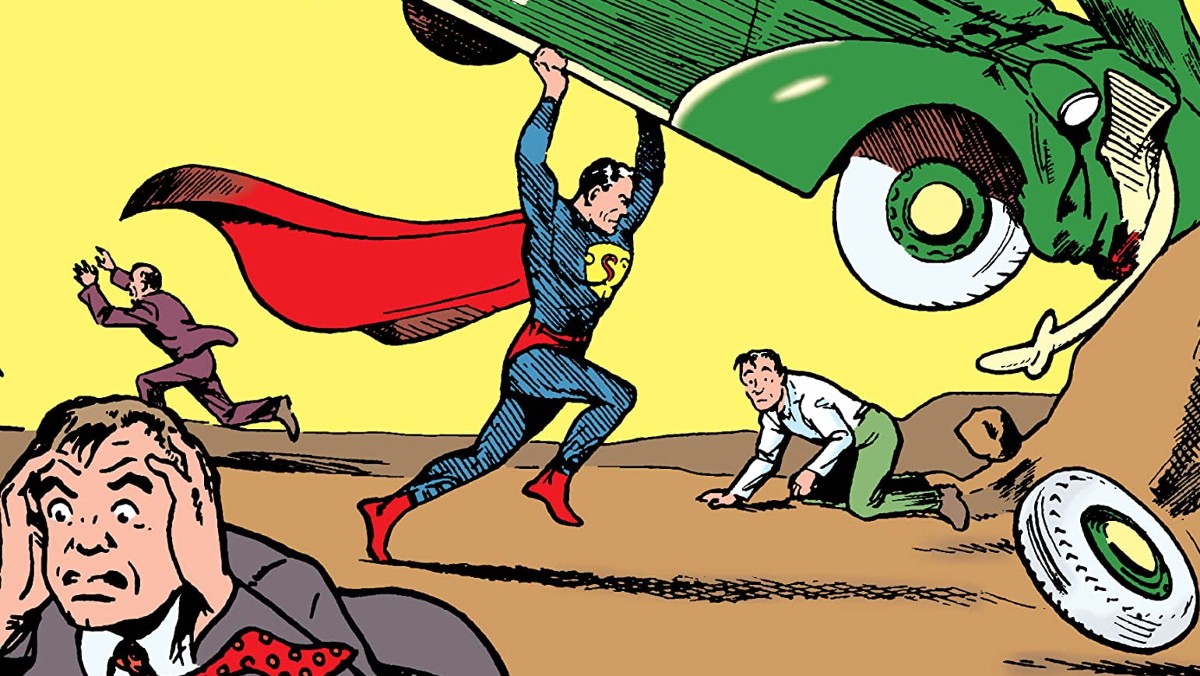Since her inception in 1959, Supergirl has been a staple of DC Comics, captivating audiences with her courageous spirit and extraordinary abilities. However, the history of Supergirl is far from straightforward, characterized by multiple versions, retcons, and reimaginings that have shaped her narrative over the years. In this comprehensive exploration, we delve into the intricate tapestry of Supergirl’s journey, tracing her evolution from her debut as Superman’s cousin to her status as a formidable superhero in her own right.
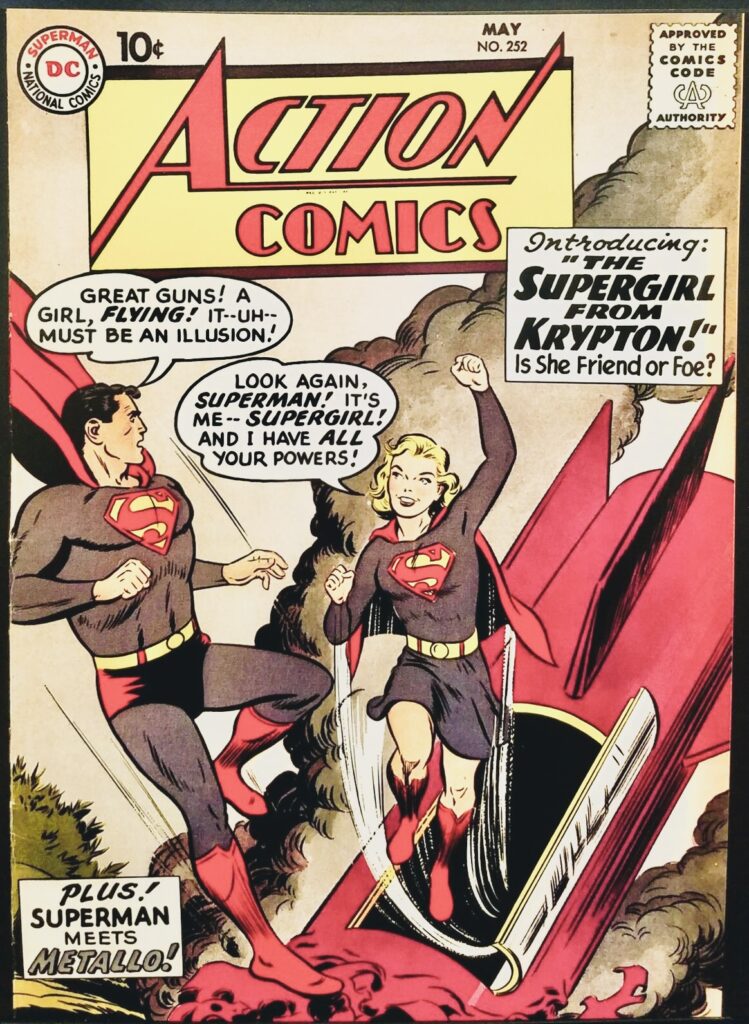
Supergirl’s origin story begins with her arrival on Earth from the doomed planet Krypton, mirroring that of her more famous cousin, Superman. Introduced in “Action Comics” #252 in 1959, Supergirl, also known as Kara Zor-El, was sent to Earth by her parents, Zor-El and Alura, to protect her infant cousin, Kal-El (Superman). Landing in Midvale, Kara discovers her newfound powers and adopts the secret identity of Linda Lee Danvers.
Throughout the Silver Age of Comics, Supergirl enjoyed popularity as Superman’s plucky sidekick, assisting him in various adventures while navigating the challenges of adolescence. However, her character underwent significant changes in the 1980s with the groundbreaking miniseries “Crisis on Infinite Earths.” In this seminal event, DC Comics rebooted its continuity, leading to the eradication of Supergirl’s existence from Superman’s history.
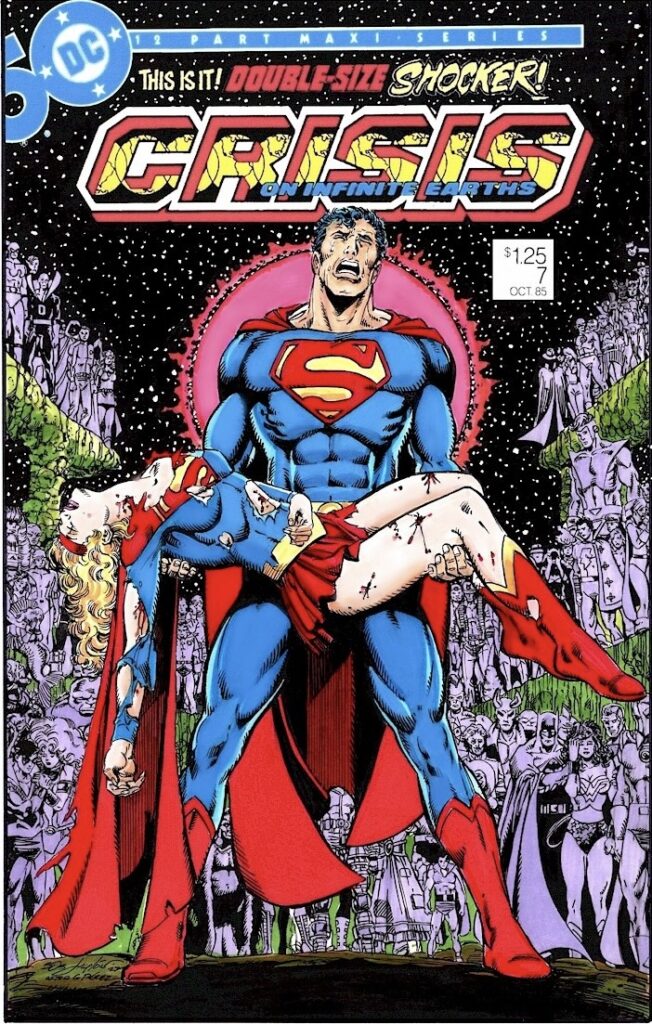
Following “Crisis on Infinite Earths,” Supergirl was reintroduced in 1988 with a new origin story penned by writer Peter David. This version of Supergirl, known as Matrix, was an artificial being created by a protoplasmic blob called the Matrix from a pocket dimension. Matrix assumed the form of a blonde teenager named Linda Danvers and became a superhero in her own right, serving as a member of the Justice League.
However, the 1996 crossover event “Zero Hour: Crisis in Time” once again altered Supergirl’s history, erasing Matrix from existence and leaving a void in the DC Universe. In response, DC Comics introduced a new incarnation of Supergirl in 2004, this time as Kara Zor-El, Superman’s Kryptonian cousin, in the pages of “Superman/Batman” #8. Kara’s reintroduction heralded a return to her classic origins, reestablishing her connection to the House of El and her struggle to adapt to life on Earth.

In the years that followed, Supergirl underwent further reinventions, exploring different facets of her character and narrative. From her time as a member of the Teen Titans to her role in the New 52 and DC Rebirth continuities, Supergirl has grappled with themes of identity, belonging, and the legacy of her Kryptonian heritage.
Notable storylines include “Supergirl: Being Super” by Mariko Tamaki and Joëlle Jones, which presents a modern reimagining of Kara’s origin story, emphasizing her teenage struggles and coming-of-age journey. Additionally, the television series “Supergirl,” starring Melissa Benoist, has introduced the character to a new generation of fans, blending elements of classic comic book lore with contemporary storytelling.

Throughout her storied history, Supergirl has faced off against a diverse array of adversaries, each posing unique challenges to her indomitable spirit. From classic foes like Lex Luthor and Brainiac to more obscure villains like Reign and Cyborg Superman, Supergirl’s rogues gallery reflects the complexity of her character and the vastness of the DC Universe.
One of Supergirl’s most iconic adversaries is her own doppelgänger, Power Girl, an alternate version of Kara Zor-El from Earth-Two. Despite their similarities, Power Girl and Supergirl have distinct personalities and motivations, often leading to clashes and misunderstandings between the two characters.
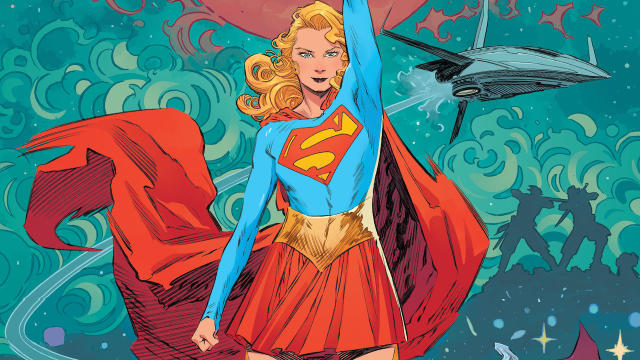
The history of Supergirl is a testament to the enduring legacy of one of DC Comics’ most beloved heroines. From her humble beginnings as Superman’s cousin to her evolution into a symbol of hope and resilience, Supergirl’s journey has captivated generations of readers and viewers alike. As the character continues to evolve and adapt to new challenges, one thing remains clear: Supergirl’s legacy will endure as a shining beacon of heroism in the DC Universe and beyond.

